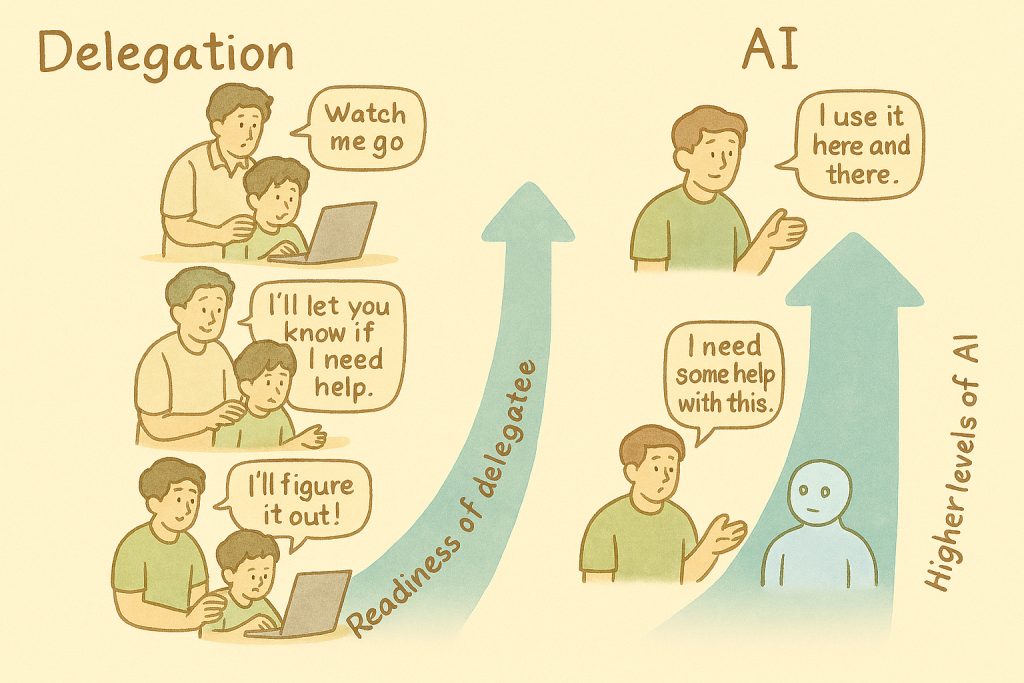Taking over a new team as a scrum master is challenging, especially when the team has earlier worked in command and control mode and is used to taking instructions and working as instructed. Transitioning it to a state where it takes its own decisions and delivers, needs a good effort and systematic approach. This article is aimed at helping the Scrum Master who leads such a team’s transition. These are practical tips that will help the Agile Transformation of a team used to working in command and control mode.
(1) Assessing skills and providing training and resources
If a team member lacks necessary skills, he/she can not be expected to perform well and take good decisions. So, first and foremost, check if the team members have the required skills to perform their job well. If there is a skill gap, provide the necessary training and/or other resources that will help plug the gap. Also ensure that the team understands Agile values, principles and framework adopted.
(2) Clarity on Goal, Roles and Responsibilities
Articulate in clear terms the goal set for the team. Unless the goal is clear to all, efforts of all team members will not be well aligned. Further, to achieve that goal, the team needs to understand the roles that are required and responsibilities of each role. Clarity on roles and responsibilities defines ownership for each individual and also clarifies the decisions he/she is responsible for.
(3) Promoting the right culture
3.a Nobody in the team to be addressed as “Sir”
Our culture teaches us to respect our elders. As an extension of this respect for elders we often see that the junior team members address their Scrum Masters and other senior members as “Sir”. It is their way of expressing their respect for seniors! It is also a natural admission that the senior is superior and I will obey his/her instructions. Eliminate this expectation of receiving instructions. Scrum Master has to emphasize that we are all part of one team. Everybody has a role to play and team goal can be achieved only when every role performs well. From that perspective, all in the team are equals while they have different roles. So, tell the team that nobody is “sir” here and everyone should address each other by first names. This practice works very well in removing the junior senior differences, helps team bonding and sets direction for right culture in the team.
3.b Open Communication
Encourage team members to freely express their ideas. Ensure that no idea is laughed at. Every idea may not be accepted or implemented but people should learn something and feel enriched by the discussion on it. Here, the scrum master needs to lead by example. Demonstrate your support to open communication.
3.c Address the fear of mistakes
Create an environment where people feel safe to take risks without the fear of negative consequences. Explain to them that it is ok to fail when you attempt something first time and they will not be penalized for it. But they should learn from the experience and improve going forward.
3.d Create trusting environment
Trust between team members and between the team and the leadership is necessary for the team members to take initiative, to take ownership and to make decisions confidently. Express this trust in your communications.
3.e Team working agreement
A formal “Team Working Agreement” is always useful in surfacing expectations of team members from others in the team. If team members attend the office at different times, it would be useful to agree on the hours where all team members will be in the office. Team should have clear understanding of the meetings where all team members need to be present (Daily meeting, sprint planning, sprint review, retrospective etc.). Protocol for handling planned and unplanned absence should be clear. It is good to have agreements in place on when one can (or can not) be disturbed. Any team member should be able to raise a flag if team agreement is not followed. Team working agreement helps eliminate misunderstandings and sets the standard of right behavior in the team.
3.f Helping team to find their own solutions to the problems
As a scrum master you should encourage team to seek help when they face a problem. Team that is used to taking instructions would come to you seeking a solution. Refrain from giving a solution although that is always easy to do. Rather, engage them in a discussion asking questions which would lead them to the solution. Guiding the team to find their own solutions, goes a long way in promoting decision-making skills within the team.
3.g Collaboration
Active participation in the daily meeting ensures that everyone understands what each member is doing to meet their team goal. Encourage them to help each other or make suggestions that are more efficient. Also encourage team members to present their problems to the team in daily meeting and seek help from other team members. This will help with better decision making in the team.
(4) Provide support and feedback
People are naturally resistant to change. Also there could be anxiety about accepting a new paradigm. So, this transition would need active support. Wherever you see right behavior, encourage it. That will motivate the team to make further progress. When you see things not going in the right way, give constructive feedback and get them realigned. If your team has any concerns, listen to them and address them. If that needs support from senior management or other parts of the organization, make sure that the required support is arranged.
Conclusion:
To conclude, transitioning a team from instruction seekers to decision-makers is fundamentally a cultural change that requires patience, persistence, and strategic leadership. As a scrum master it is essential to lead this change and ensure its success using the suggestions provided here.




